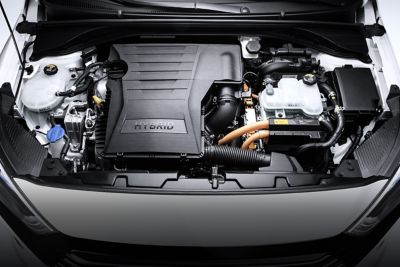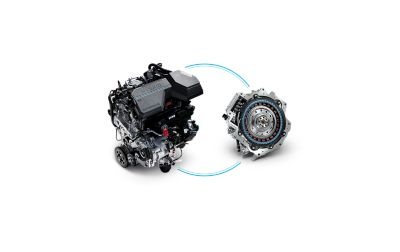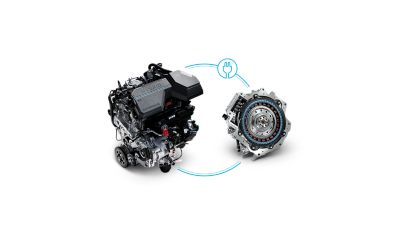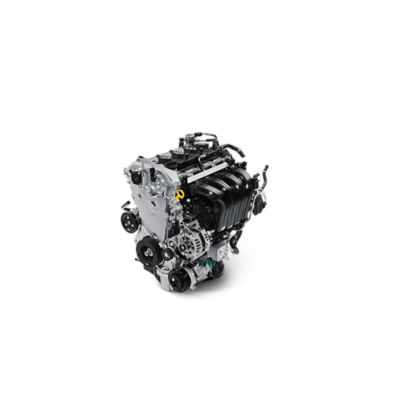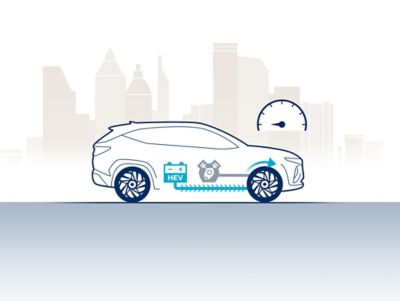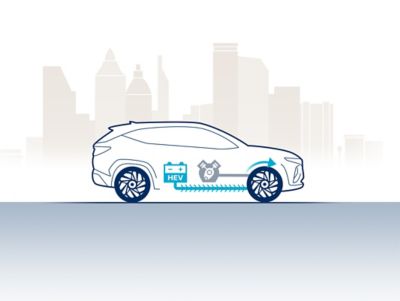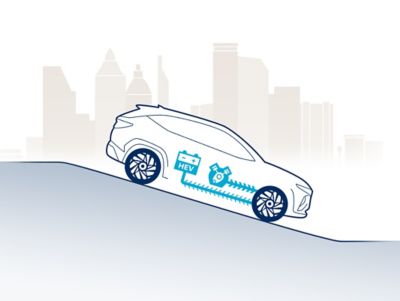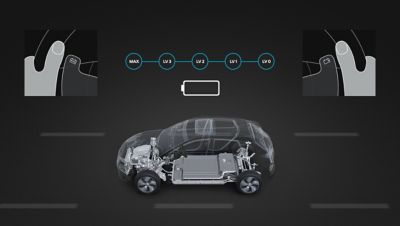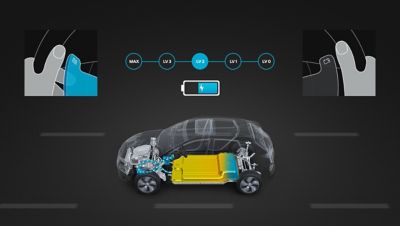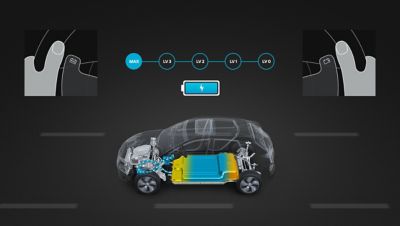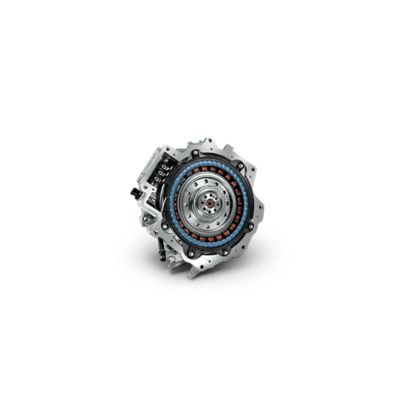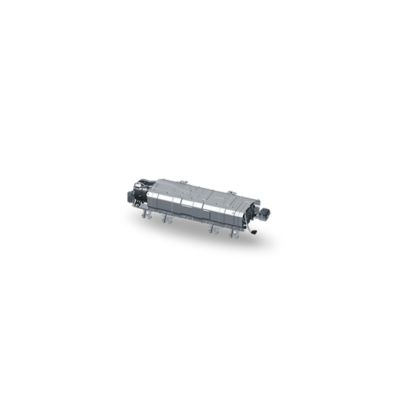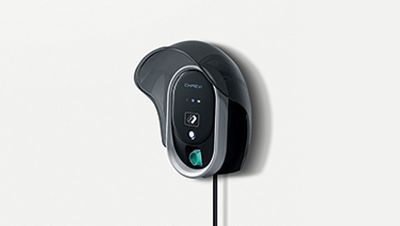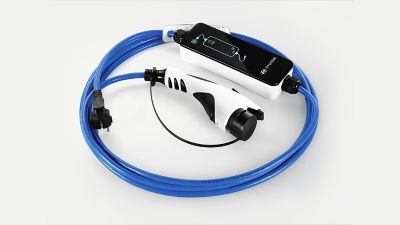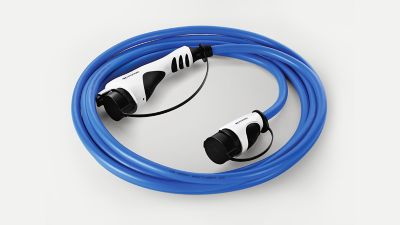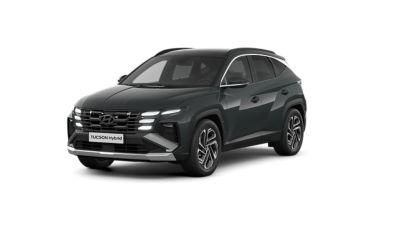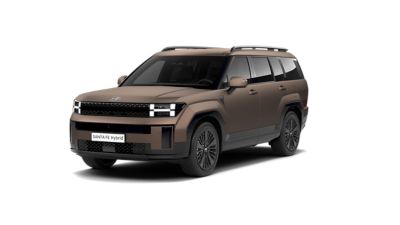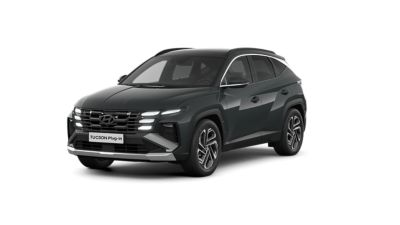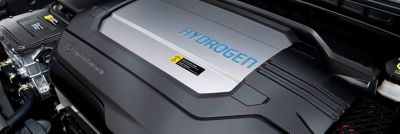Less emissions, more flexibility.
Hybrid powertrains offer the fun of electric acceleration, increased fuel efficiency, and all the flexibility of a petrol car. Plug-in hybrids have more battery capacity and offer a longer all-electric driving range with zero tailpipe emissions.
What is the difference?
Regular hybrids run primarily on fossil fuels, but get some electrical energy from regenerative braking. Plug-in hybrids have a larger, rechargeable battery, allowing for longer pure electric driving ranges (depending on conditions).


Hybrid
Hybrid technology.
Depending on the driving situation, Hyundai hybrid cars switches seamlessly between its petrol engine and electric motor. The regenerative braking system charges the battery by using the electric motor to slow the car. The energy stored in the battery then powers the electric motor to help in acceleration, uphill driving and low speed driving.
Charging while driving: regenerative braking.
All hybrid and electric cars charge the lithium-ion battery by using the electric motor as a generator when the car is being slowed down. With adjustable regenerative breaking, you are in charge of the process.
Hybrid motor and batteries.
The petrol engine used in hybrids and plug-in hybrids is the same as in non-hybrid cars with their modern engine and transmission technologies. An electric motor and lithium-ion batteries complete the hybrid powertrain.
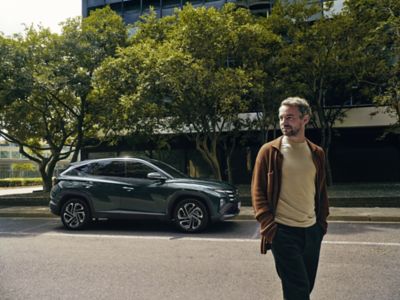

Plug-in
Plug-in hybrid electric vehicles.
Plug-in hybrids have a larger battery (though not as large as a fully-electric vehicle's) on board, which can be recharged by plugging it in. And once the electric-only range is depleted, you can plug into a charging station – or just continue on with the petrol engine. The plug-in then operates as expected on a full hybrid drive system. Compared to a regular hybrid, plug-in hybrids provide a longer electric-only range, meaning that for shorter journeys you may not need to consume any fuel at all!
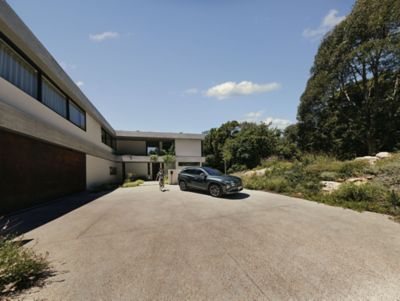
Charging options.
You can either charge your plug-in hybrid at home, with a wallbox or your regular AC charging.
